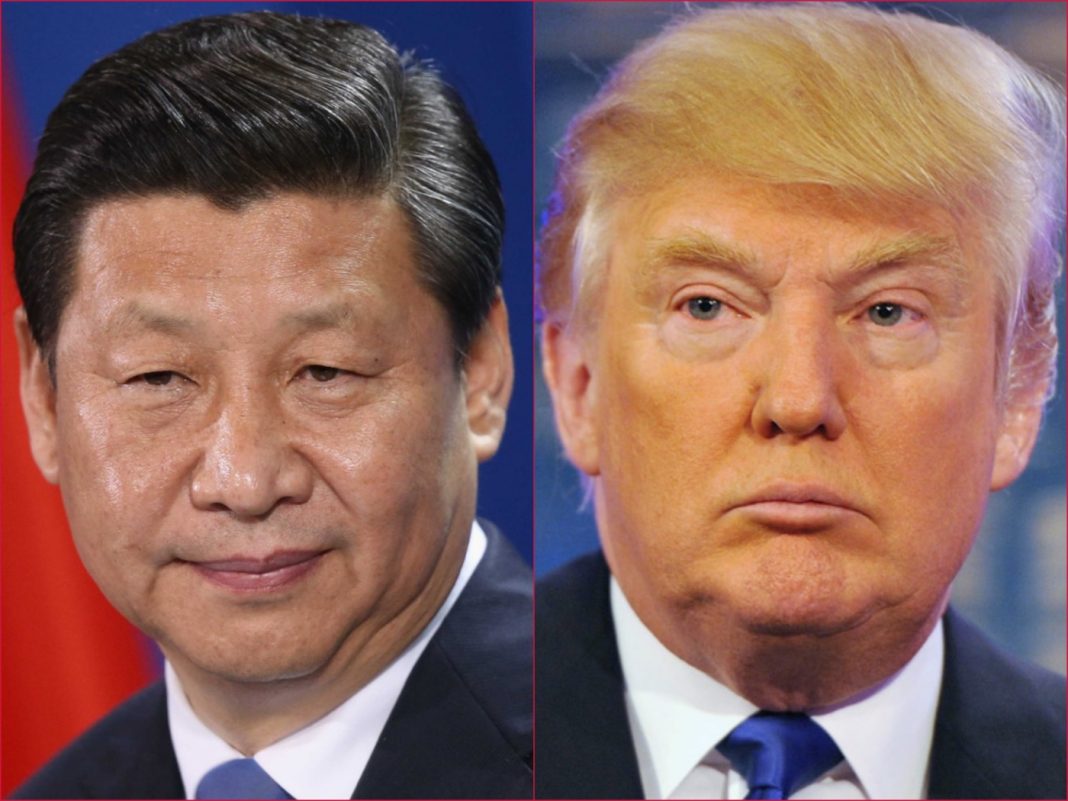BEIJING, China – China has raised its retaliatory tariffs on imports from the United States to 125 percent, intensifying the trade dispute between the world’s two largest economies.
The move follows a series of tariff increases by the U.S. under President Donald Trump’s administration, which has already imposed tariffs as high as 104 percent on Chinese goods.
In a rare public statement, Chinese President Xi Jinping declared that his country would not be intimidated by the U.S. measures, and criticized Washington’s approach as one of “bullying and coercion.”
“The successive imposition of excessively high tariffs on China by the US has become nothing more than a numbers game, with no real economic significance,” said the Chinese Ministry of Commerce.
“It merely further exposes the US practice of weaponizing tariffs as a tool of bullying and coercion, turning itself into a joke.”
The ministry also signalled that if the U.S. continues with its trade war tactics, China would take “resolute countermeasures” to defend its economic interests, reaffirming its stance to fight until the end.
This move by China comes just days after President Trump announced a 125 percent tariff on Chinese imports, following Beijing’s reciprocal 84 percent tariff on U.S. goods.
The tariffs are set to take effect on April 12, 2025.
Financial markets reacted negatively to the escalation, with European stocks plunging and the U.S. dollar weakening to its lowest point against the euro since 2022.
Global trade has been heavily impacted by the tariffs, with analysts warning of potential long-term consequences for the world economy.
The U.S. administration has responded to China’s new tariffs, slamming them with 145 percent tariffs.
Despite a sharp response from Beijing, President Trump has been resolute in his policy of using tariffs as a leverage to rectify what he calls unfair trade practices.
As tensions mount, the future of global trade remains uncertain, with both nations preparing for a prolonged economic standoff.







